The Australian Army's Kangaroo Court
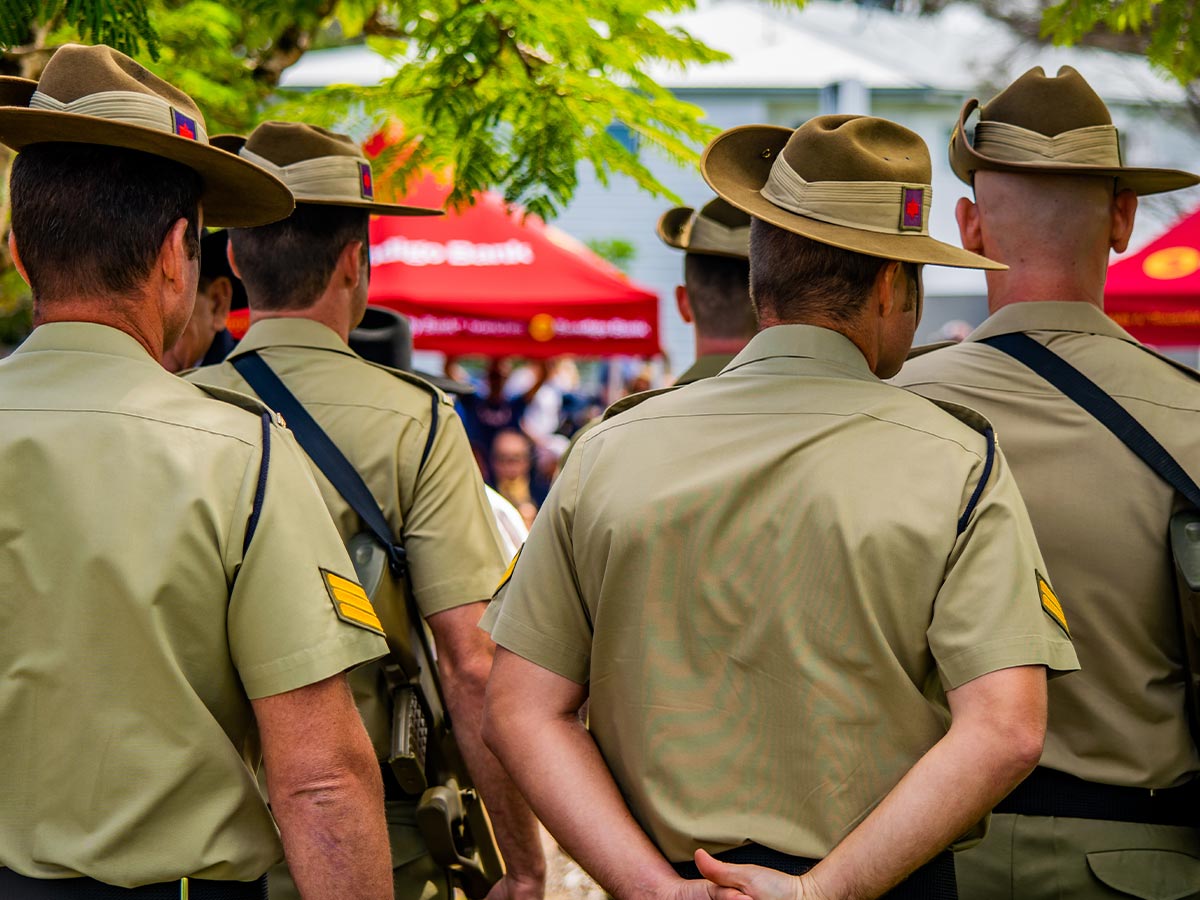
The Australian Army’s Kangaroo Court is a mock judicial event where soldiers on deployment or training are humorously “put on trial” for minor infractions or amusing antics. Presided over by “judges” in quirky costumes, the sessions feature exaggerated charges and tongue-in-cheek punishments, like singing embarrassing songs or performing silly tasks.
This informal tradition builds unit cohesion and provides a much-needed morale boost during tough assignments. While entirely in good fun, Kangaroo Court reflects the laid-back camaraderie that characterizes the Australian Army, balancing professionalism with humor in the face of military challenges.
U.S. Air Force Mustache March

Every March, U.S. Air Force airmen embrace Mustache March, a playful tradition inspired by Brigadier General Robin Olds, a legendary fighter pilot and Triple Ace. In 1965, during the Vietnam War, Olds grew a bold mustache, calling it his “bulletproof mustache,” as a symbol of defiance and camaraderie.
His distinctive look became a morale booster, inspiring others to follow suit. Although regulations required him to shave it upon returning to the U.S., the mustache left a lasting legacy. Today, airmen honor Olds by growing their own mustaches during March, blending humor with respect for one of their most celebrated heroes.
The U.S. Navy's Shellback Ceremony

The Shellback Ceremony is a time-honored tradition in the U.S. Navy, celebrated when sailors cross the equator for the first time. Those who have never crossed the equator, called "Pollywogs," are subjected to a series of humorous and sometimes uncomfortable initiations, including being covered in grease, flour, and other substances.
The goal is to transform them into seasoned "Shellbacks" or "Sons of Neptune," inducting them into the “Ancient Order of the Deep.” The tradition dates back centuries, symbolizing sailors' transition into seasoned mariners and creating lasting bonds among crew members. Plus, you get to eat barbeque when it’s all over. Sounds tasty!
The Japanese Self-Defense Forces’ Cherry Blossom Viewing

The Japanese Self-Defense Forces (JSDF) partake in the nation’s cherished cherry blossom viewing tradition, or hanami. Hanami is a traditional Japanese custom held annually to celebrate springtime and the appearance of sakura, or cherry blossoms. Unlike other traditions tied to military rigor, this peaceful event highlights Japan’s cultural values and offers service members a chance to relax and bond.
Cherry blossom viewing is often accompanied by picnics, performances, bingo, and interacting with their fluffy mascot Hayate.
The Royal Navy's Crossing the Line Ceremony
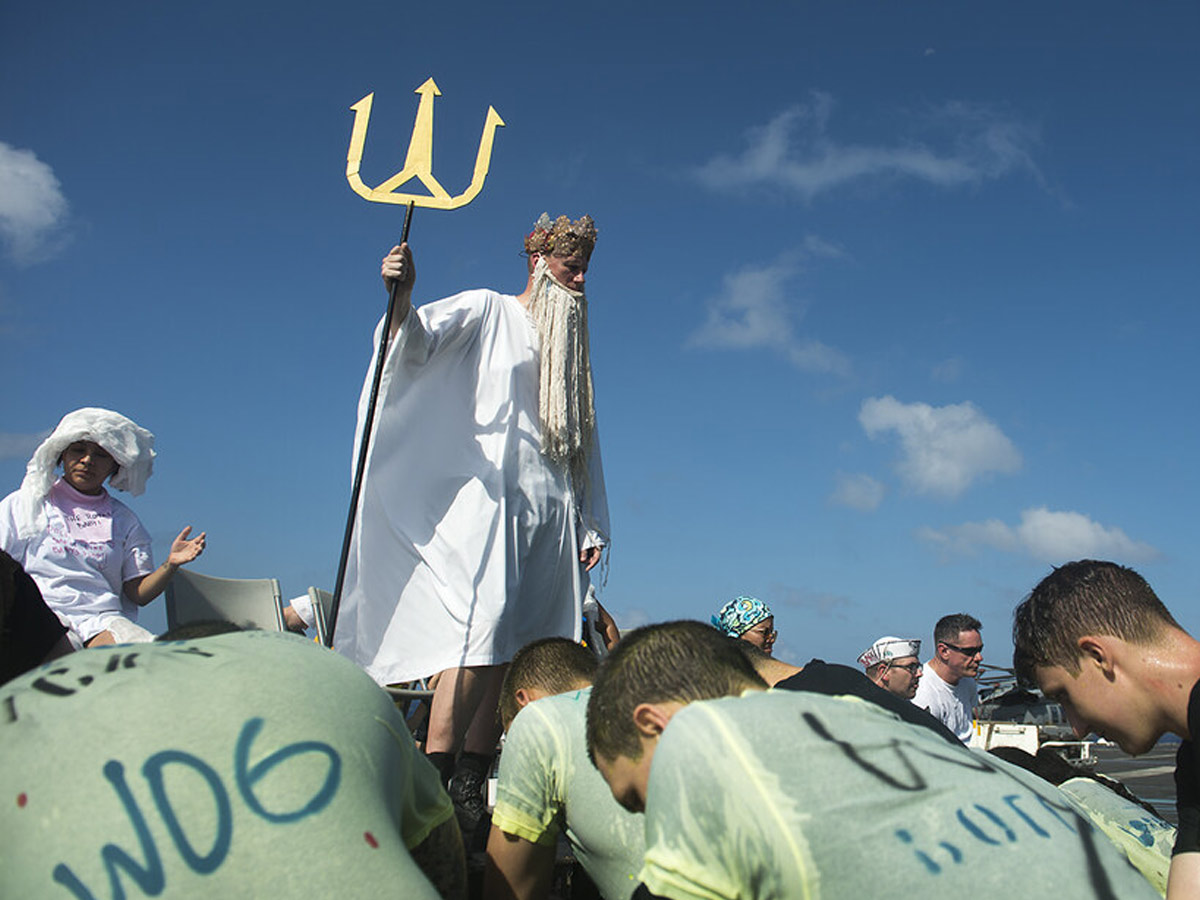
Similar to the U.S. Navy's Shellback Ceremony, the UK’s Royal Navy's Crossing the Line Ceremony marks a sailor's first equator crossing. New sailors, AKA “pollywogs,” are often subjected to humorous punishments and rituals.
They must do anything from shaving their heads to being covered in gunk before earning the title of “Trusty Shellbacks." Its origins trace back to early naval history when crossing the equator was a significant milestone in a sailor's career.
British Royal Tank Regiment Gunfire Drink

The British Royal Tank Regiment serves up a special drink known as "Gunfire" on Cambrai Day, marking the anniversary of the first large-scale use of tanks in warfare during the Battle of Cambrai in 1917. Gunfire, a tradition with military roots, consists of a splash of rum added to tea, providing a moment of camaraderie and reflection.
Other British regiments, such as the Queen's Royal Hussars, also observe Gunfire on significant days like Balaclava Day and St. Patrick’s Day. The tradition has even spread internationally, with Australians and New Zealanders marking Anzac Day with a "Gunfire Breakfast," incorporating rum or whiskey, and honoring fallen soldiers from various conflicts. Originally served during the First World War as a practical and discreet way to stay fueled in combat.
The French Foreign Legion’s Camerone Day
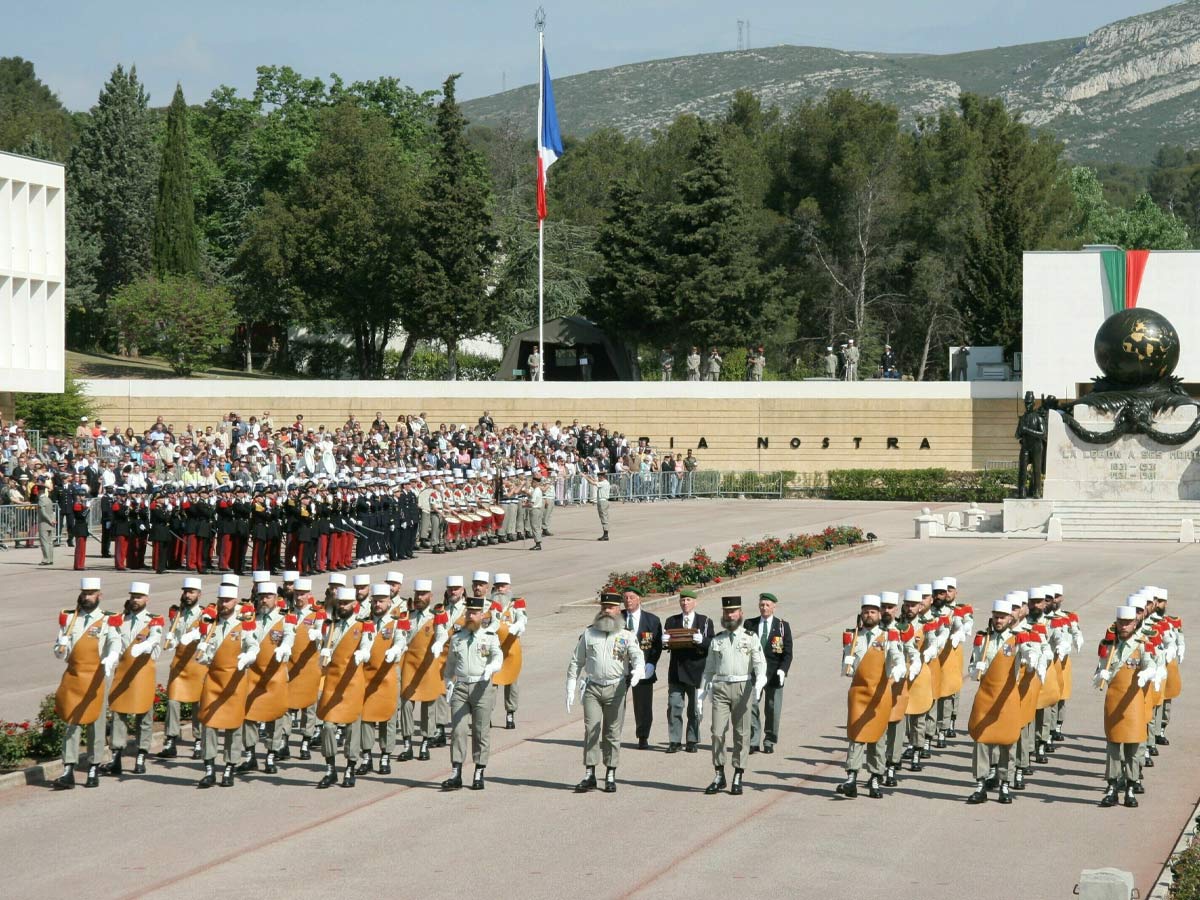
On April 30, 2024, the French Foreign Legion commemorated the 161st anniversary of the Battle of Camerone, a pivotal moment in the Legion's history. In this legendary battle, 65 Legionnaires heroically faced 2,000 Mexican soldiers, fighting to the last man in a stunning display of courage and resolve.
This year, the celebrations included a special tribute: Colonel Grué was honored to carry the wooden hand of Captain Danjou, the commanding officer at Camerone, during the main ceremony. Captain Danjou lost his hand in the battle, and his wooden hand has since become a revered symbol of the Legion’s spirit.
Indian Army’s Beating Retreat
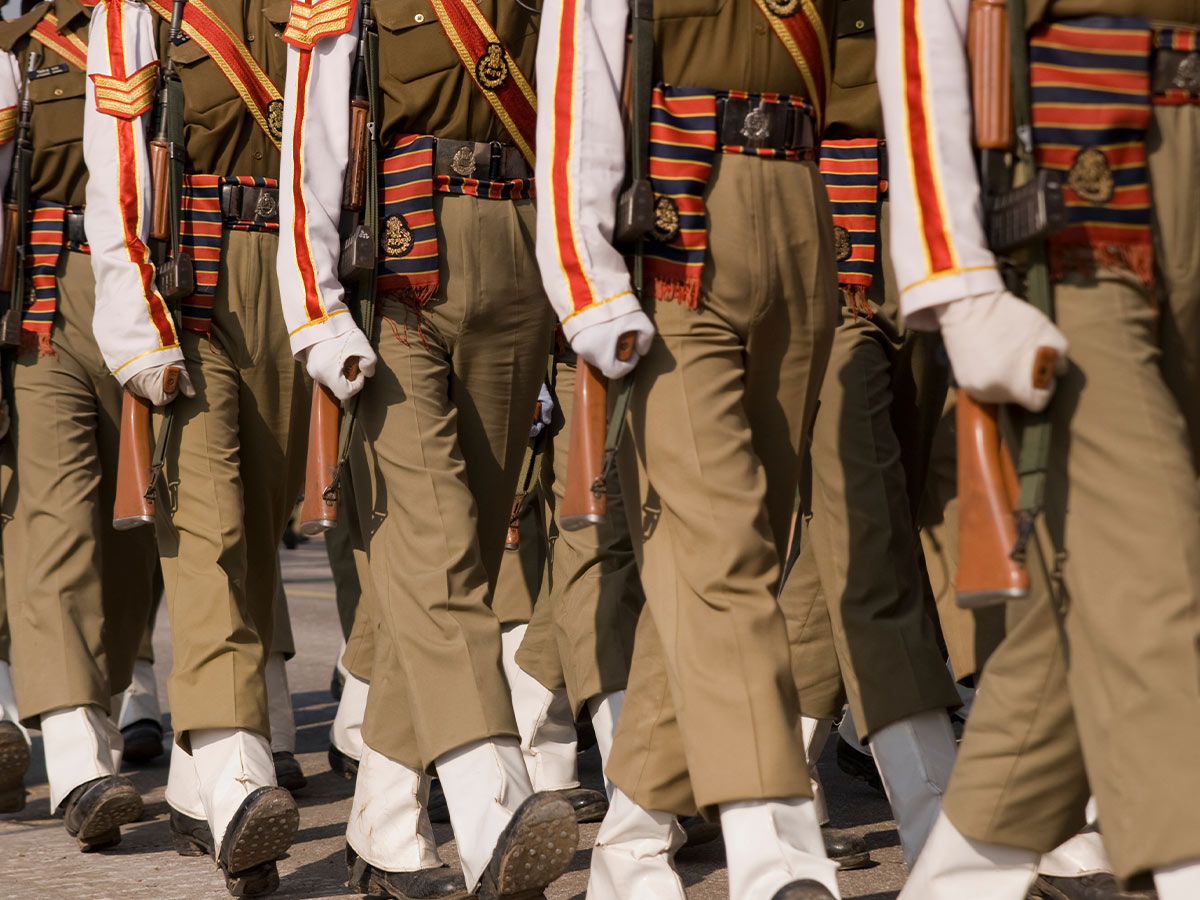
The Indian Army’s Beating Retreat marks the official end of Republic Day celebrations and is a spectacular display of military precision and cultural pride. Held annually in New Delhi, it features military bands performing patriotic tunes as the sun sets. Troops from the Army, Navy, and Air Force march in synchronized formations, and the Raisina Hill is illuminated in a dazzling display.
The event, steeped in British military tradition, also incorporates Indian cultural elements, creating a unique fusion. Beating Retreat showcases the discipline, unity, and ceremonial grandeur of the Indian Armed Forces, captivating audiences year after year.
German Bundeswehr Flag Dipping

The German Bundeswehr observes a unique flag-dipping ceremony, a solemn tradition symbolizing respect and remembrance. One example is flag dipping on ships and vessels, where the military personnel greet the German flag at the stern of the ship.
Rooted in historical military customs, the flag dipping reflects Germany's modern values of humility and responsibility in military affairs, serving as a poignant reminder of the cost of conflict and the importance of international cooperation.
Austria Bundesheer Zapfenstreich AKA Grand Tattoo
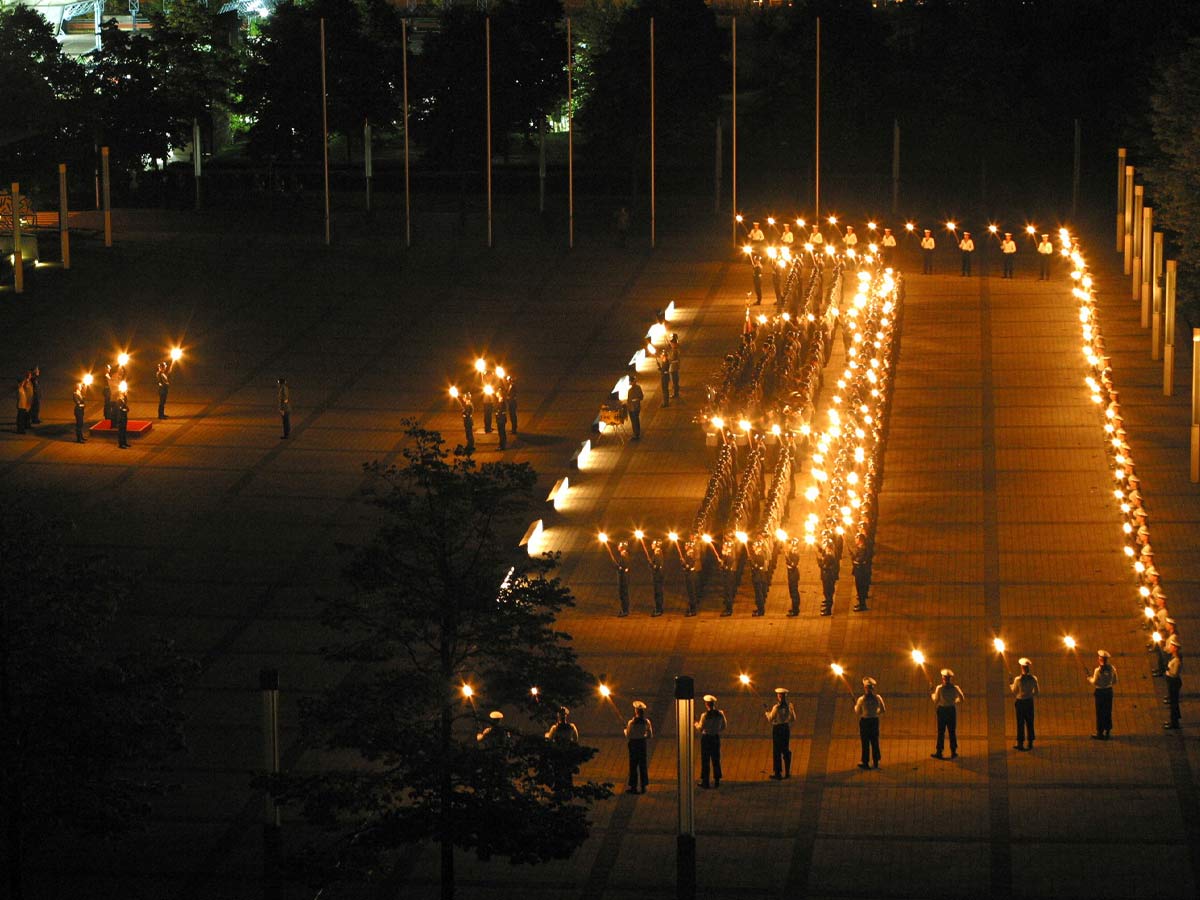
The Austrian Bundesheer Zapfenstreich, or Grand Tattoo, is a historic military ceremony honoring retiring high-ranking officials. Its roots trace back to the Landsknecht mercenaries, where a provost's saber stroke over beer taps signaled the end of the day. In the 19th century, this tradition evolved into a formal ceremony.
Rooted in 17th-century traditions, the Zapfenstreich was historically a signal for soldiers to return to their quarters. Today, it symbolizes discipline, history, and pride in Austria’s military heritage, offering a visually stunning and emotionally resonant event for both participants and spectators.
 Author
Ron Winkler
Last Updated: December 04, 2025
Author
Ron Winkler
Last Updated: December 04, 2025